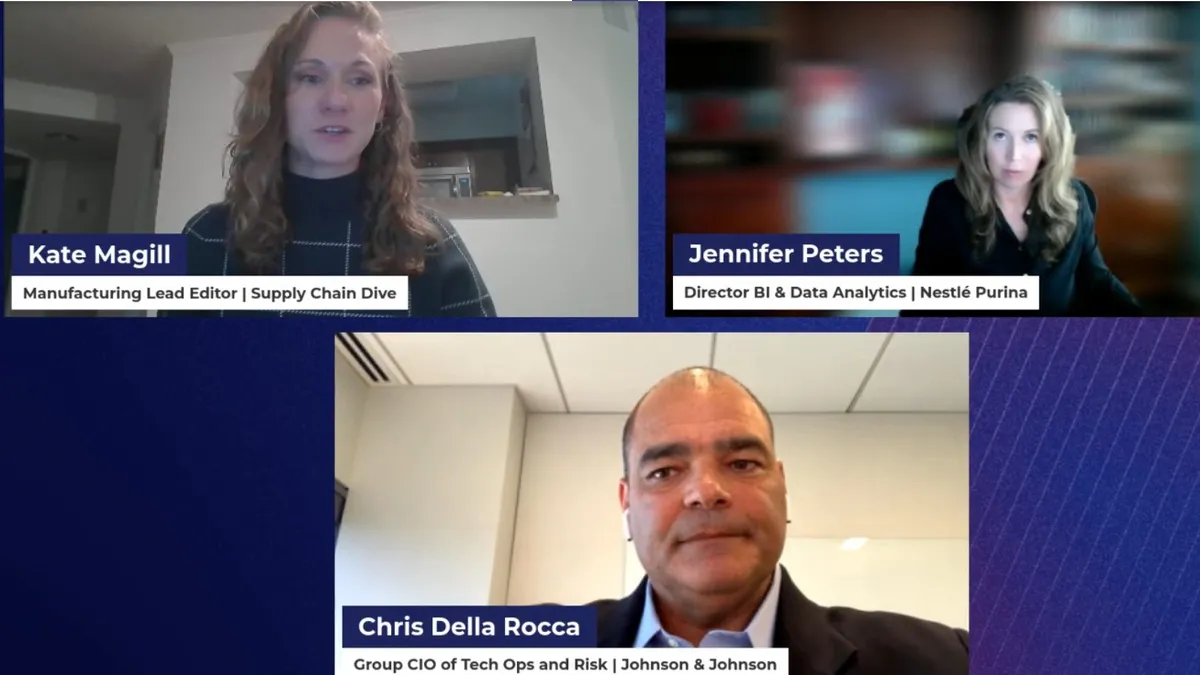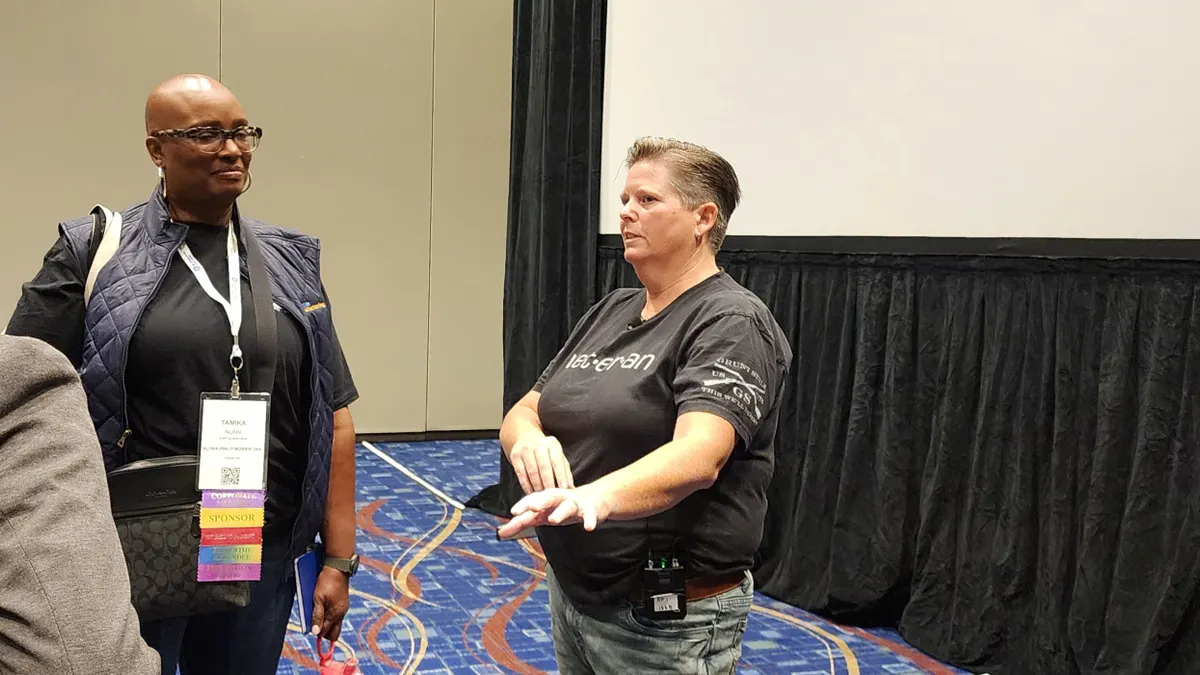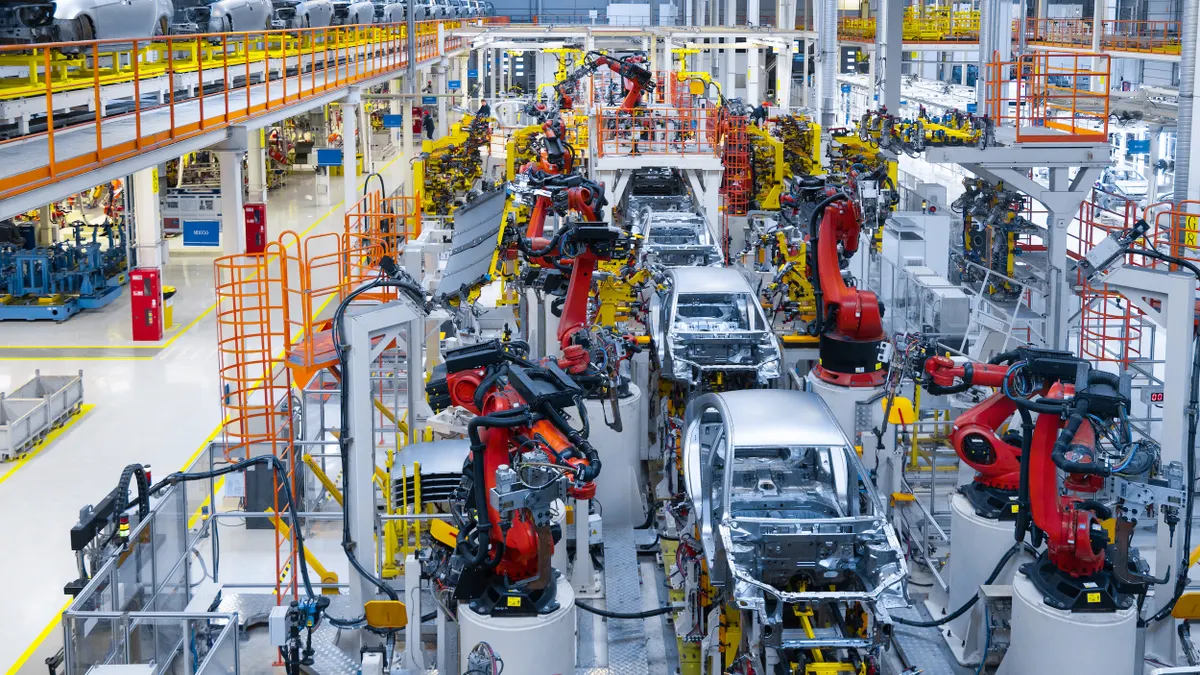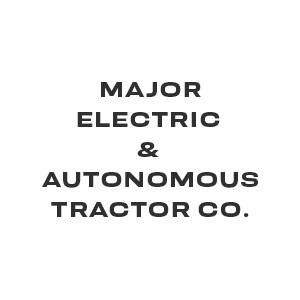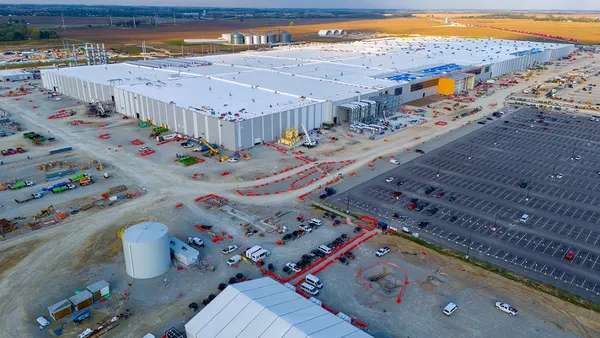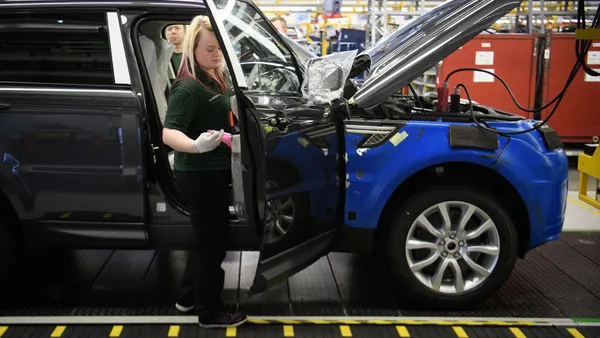Editor’s note: This story is part of a series highlighting takeaways from a July 24 event hosted by Supply Chain Dive, Trucking Dive and Manufacturing Dive. Register here to watch the replay on demand.
Traditional data science models may work in many industries, but decisions need to be made in real time in manufacturing and supply chain, said Jennifer Peters, director of BI and data analytics at Nestlé Purina, during an Industry Dive event on July 24. This is where generative artificial intelligence comes in.
“Sometimes we’re even doing things like machine control, so this ad hoc kind of point-in-time analysis doesn't really work,” Peters said. “So, having a really strong machine learning operation strategy, and then the people that have the experiences and skills to industrialize machine learning at scale in our operations is really, really critical to get the value out of AI.”
With information moving fast in a dynamic environment, it can be challenging for an analyst to do a deep dive into the data to figure out what is causing an issue and the right action to take to address it, Peters said. Because of this, generative AI can be valuable not only for the business leaders, but employees working on the shop floor in factories.
"We're really looking at generative AI as being — I don't want to use an industry term, but it is — it's a copilot for our folks to be able to help them with strategic decision making," she added.
The specific type of AI also offers deeper analysis and visibility than a typical manufacturing control tower, said Chris Della Rocca, group chief information officer of tech ops and risk at Johnson & Johnson.
“With Gen AI layered on top, you have this amazing ability to have a conversation with your analytics layer,” Della Rocca said at the virtual event. “And so not only does it give you the result, but now you have a question. And if not, you can have a series of fixed prompts that are typically asked in these types of situations.”
He added that generative AI also addresses low-level alerts automatically, allowing workers to focus on more high-impact alerts across operations. For example, the tool can help with inventory management and tracing back issues with suppliers more quickly than standard practices, according to Della Rocca.


